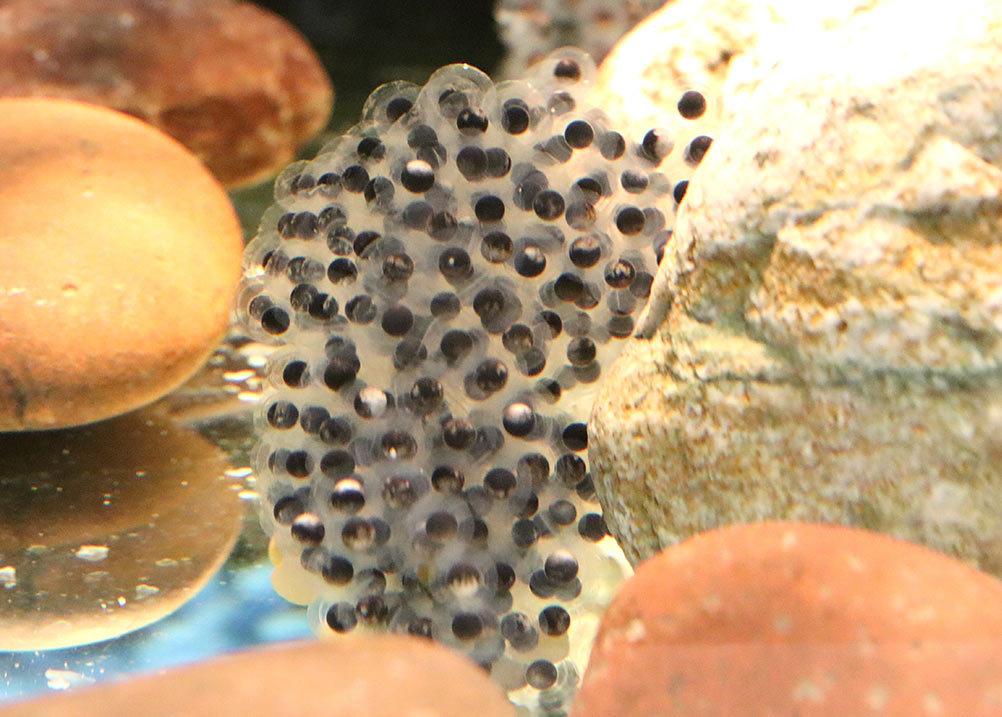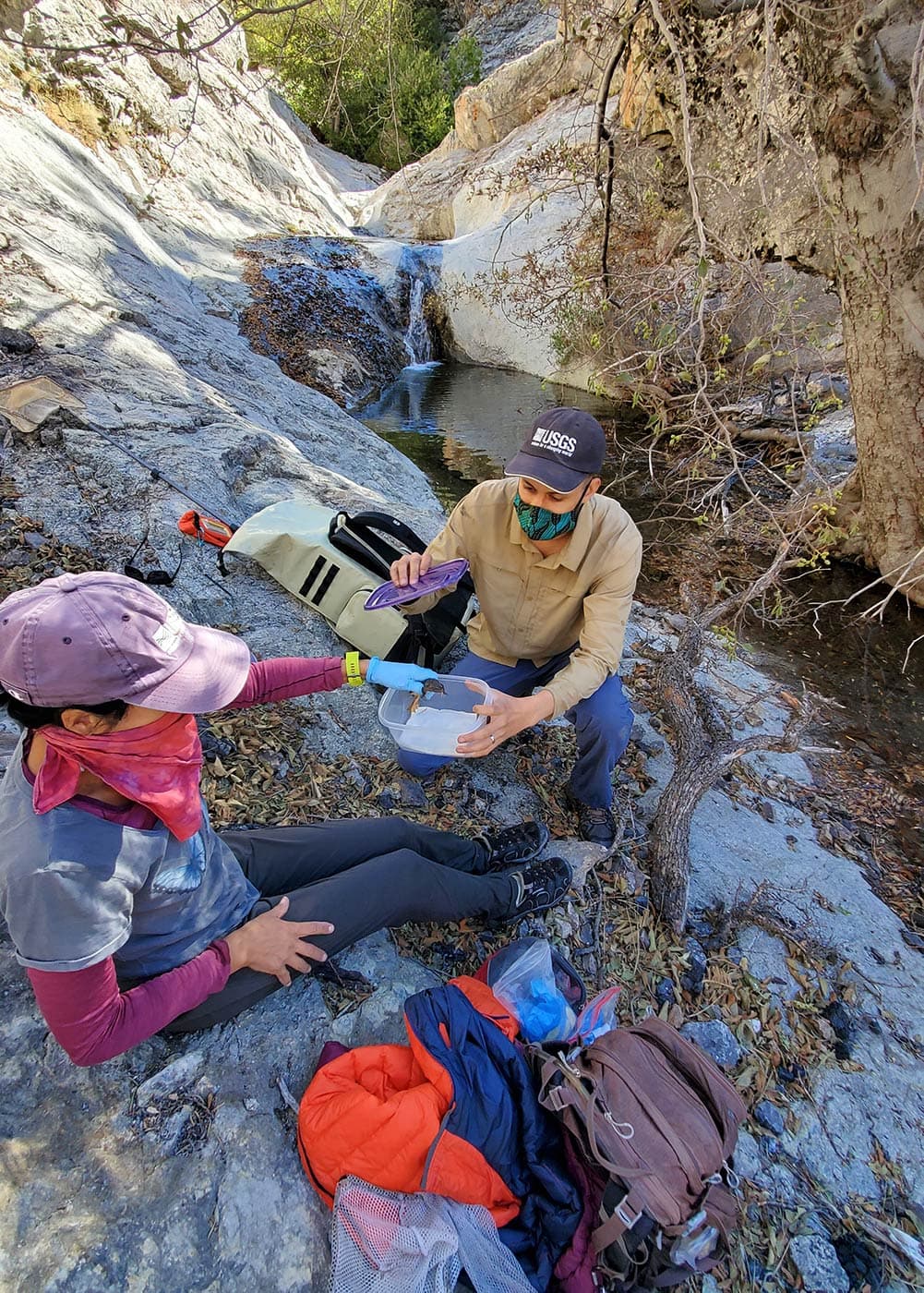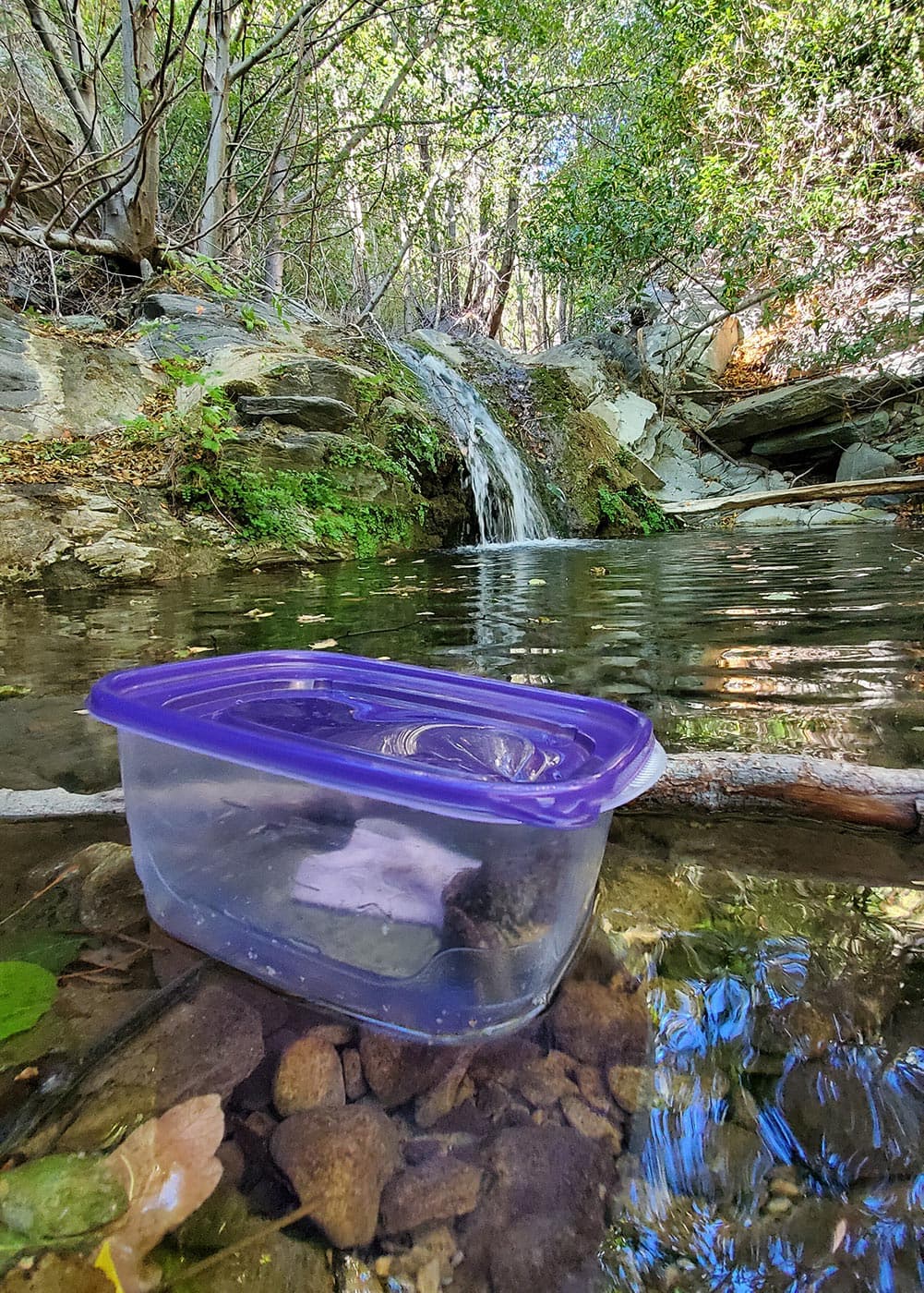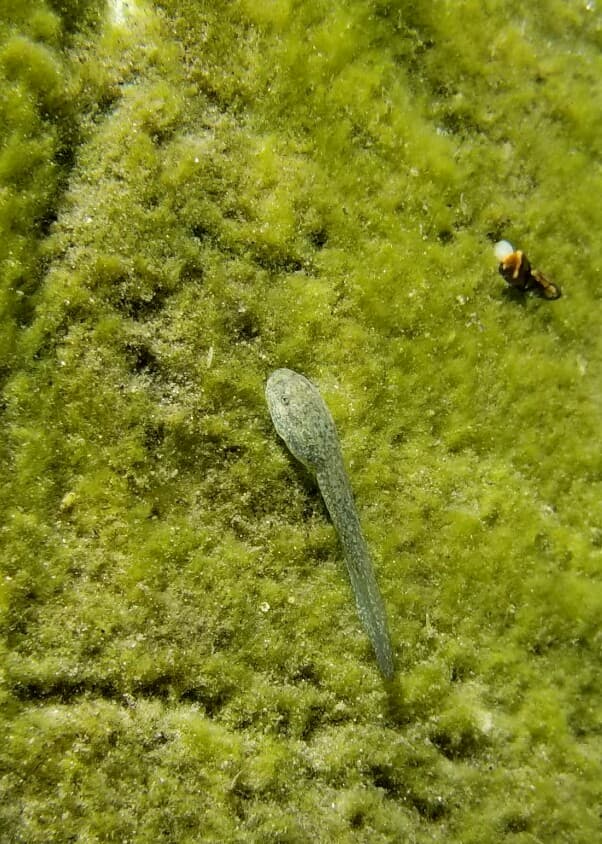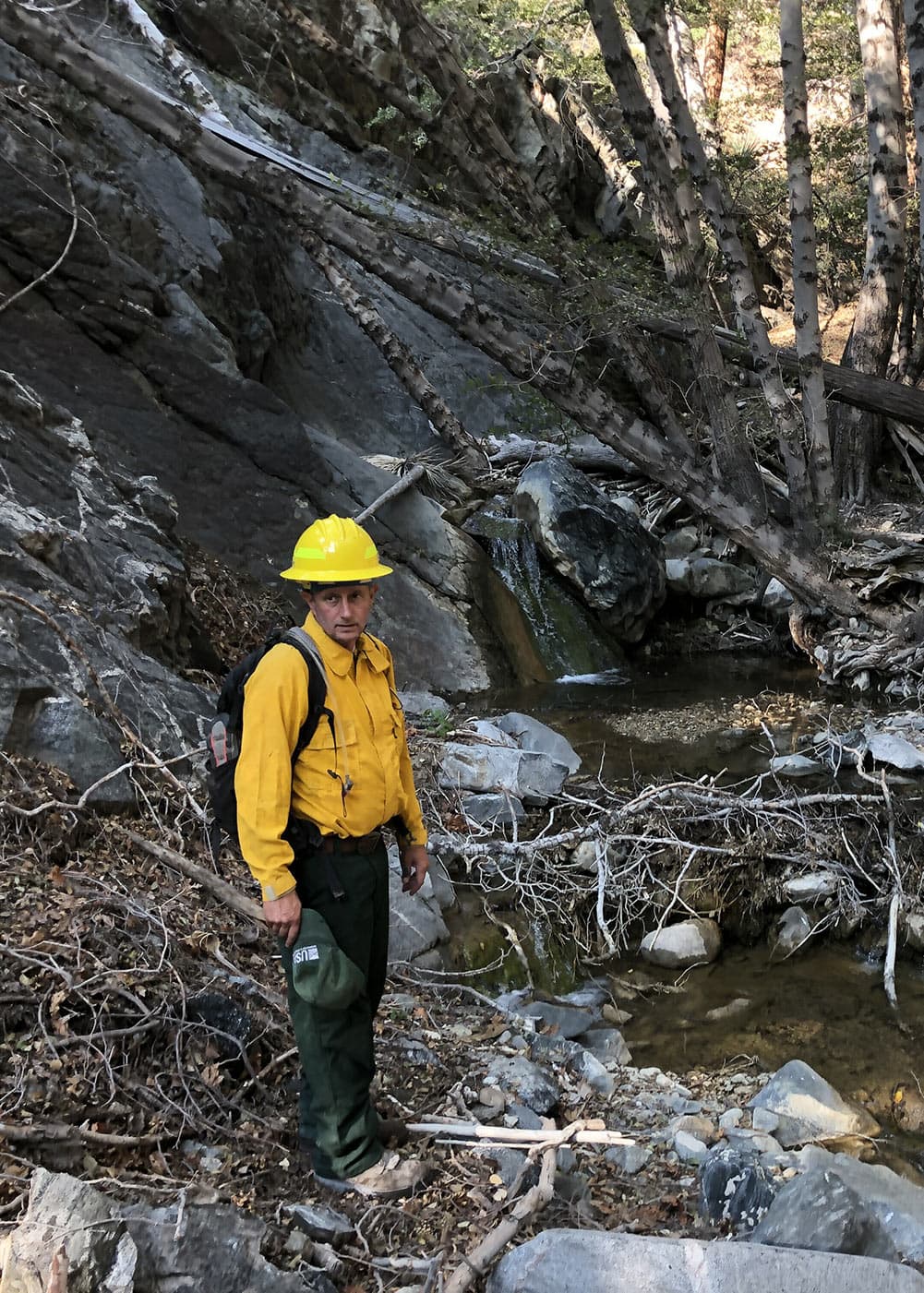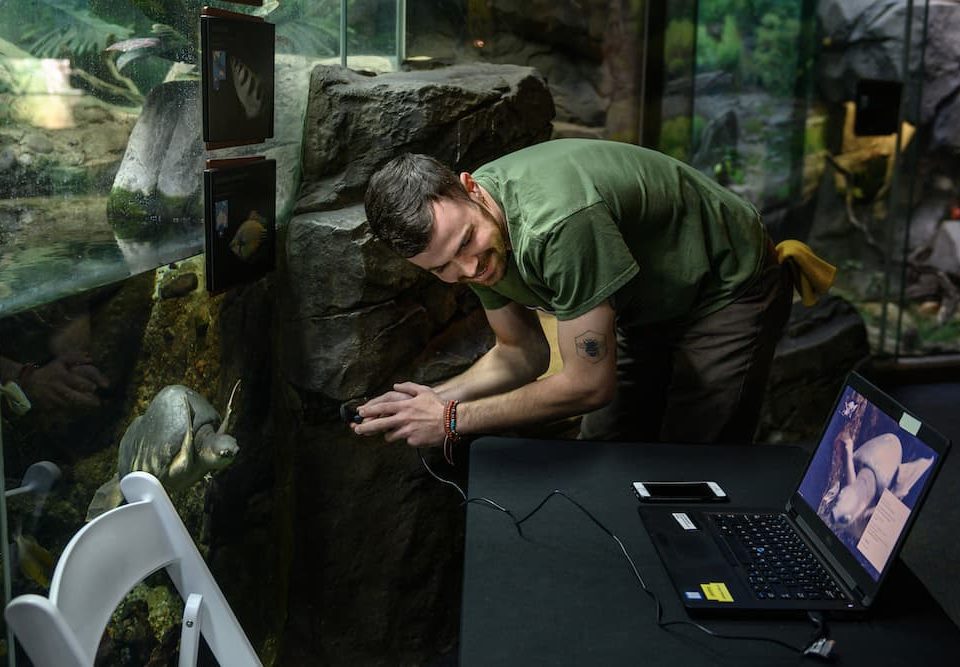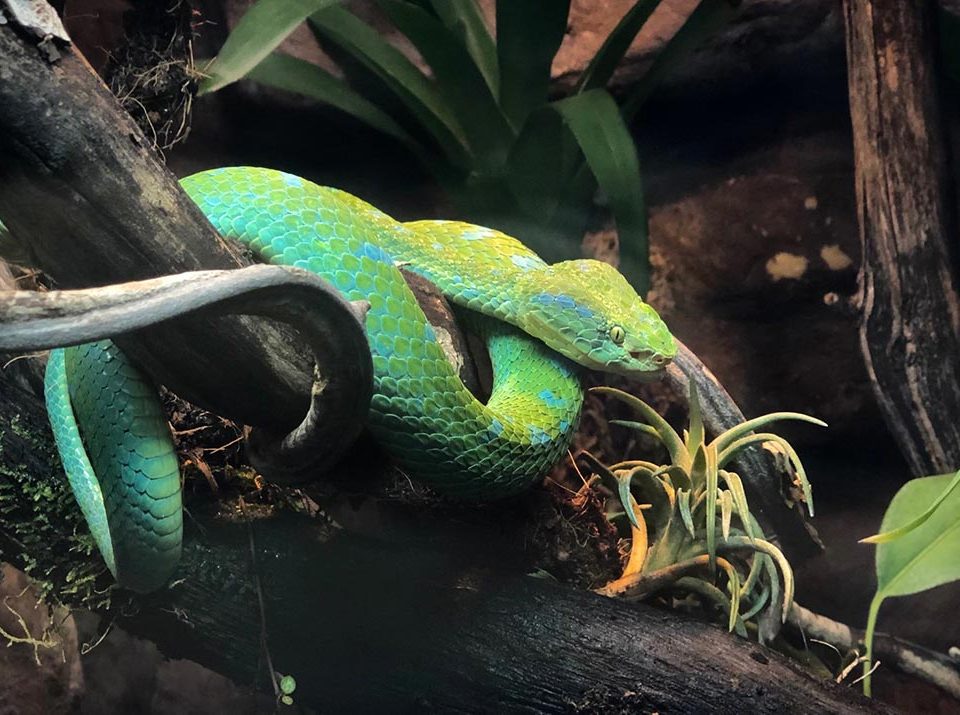Frog Blog: A Year of Leaps and Bounds

Conservation Update with Dr. Jake Owens, Director of Conservation
January 1, 2021
Zoo Update with Tom Jacobson, GLAZA President
January 1, 2021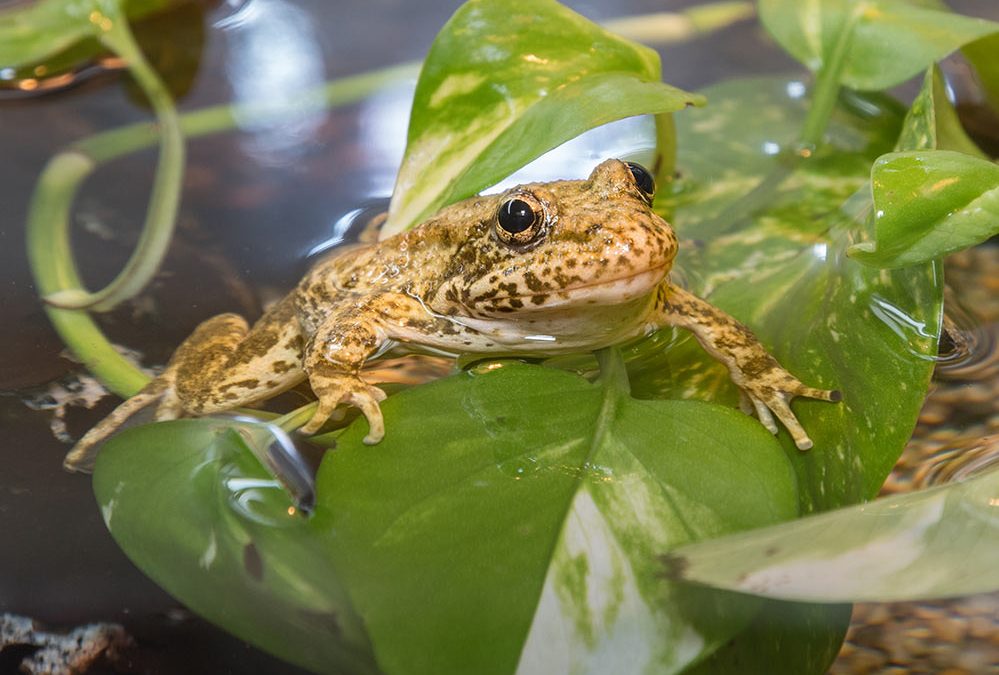
Mountain yellow-legged frogs are one the Zoo's flagship conservation efforts. Photo by Jamie Pham
The past year has been a roller coaster ride for everyone—wildlife included. In addition to the challenges of the pandemic, wildfires added unexpected twists to what was generally an exceptional year for the mountain yellow-legged frog (MYLF) conservation program.
Spring started off with an above-average breeding season. Keepers observed a flurry of mating activity in the Frog Room—the bio-secure, behind-the-scenes facility where Zoo staff care for two breeding groups of these critically endangered amphibians. The groups represent two different populations found in the San Gabriel Mountains. These frogs came to the Zoo as tadpoles in 2016, shortly after important improvements to the Frog Room were completed. As with many amphibians that are native to cooler climates, MYLFs require more time to reach adulthood than their tropical relatives. Spring this year was their third breeding season and they had reached their reproductive peak. By the end of May, the colony had produced more than 4,000 eggs in 32 egg masses. In addition to the frogs reaching maturity, a lucky turn in the weather contributed to this success. After the driest February on record, the rains arrived in force during March and April, the result of low-pressure weather systems that lingered over Southern California. The frogs are sensitive to these barometric changes, which trigger breeding.
On July 13, Curator of Reptiles and Amphibians Ian Recchio and colleagues from the U.S. Forest Service (USFS) and the California Department of Fish and Wildlife (CDFW) completed the first MYLF release in the San Gabriel Mountains. This included 575 tadpoles hatched in 2020 as well as nine froglets raised from tadpoles that hatched in 2019 from the Little Rock breeding group. About 2,000 Big Rock Canyon tadpoles that hatched this year remained in the care of Herpetology staff. Later that summer, about 50 tadpoles were transferred to Santa Ana Zoo, which has joined the MYLF program. During the second release of the summer on August 12, a group of 1,000 tadpoles from the Big Rock Canyon breeding group were released. The final release of 2020 had been slated for September 9, but the Bobcat Fire, which broke out in the Angeles National Forest on September 6 and was not fully contained until November 2, necessitated a change of plans—not only for the animals that been scheduled for release, but for MYLFs affected by the fire.
On October 22, USGS biologists arrived at the Zoo to pick up 134 tadpoles of varying stages and 54 froglets, all produced in the Zoo's facilities in 2020. These animals were taken to Vincent Gulch Canyon (which did not burn during the Bobcat Fire) in the San Gabriel Mountains and released into several pools. This canyon still supports a few wild MYLFs, but they are exceedingly rare, as is the case throughout their current range. The USGS biologists reported a smooth release and a water level that was excellent for that time of year.
Ultimately the Bobcat Fire burned more than 115,000 acres, including fragile MYLF habitat. Surveys of the burn areas found some survivors in ponds and streams, which is good news, to a point. When intense fires destroy plant communities, erosion becomes a major threat once winter rains descend on the stripped landscape. Topsoil, ash, and other debris wash into waterways, suffocating tadpoles, which, like fish, extract oxygen from the water through their gills. The Zoo received about 50 tadpoles rescued from Bobcat Fire burn areas. These will eventually be introduced into the Zoo's Little Rock Canyon breeding program to help diversify its gene pool. This will also help create a larger insurance colony since the tadpoles are coming from the burn zone where debris flows during the rainy season could potentially wipe out the frogs and tadpoles that remain in that habitat.
"In the past, this frog species was commonly found in high elevation habitat throughout California, so wildfires, which are a natural part of these ecosystems, definitely had an impact on it," comments Curator of Reptiles and Amphibians Ian Recchio. "But over the past century or so, a perfect storm of conditions have reduced mountain yellow-legged frog populations to the point where it is now one of the world's rarest frogs: habitat loss, human encroachment, introduced species such as trout and bullfrogs that prey on the tadpoles, environmental pollution, and the chytrid fungus that has challenged amphibians around the world. The increasing frequency and intensity of wildfires just adds to the mix. But thankfully, we have the resources to maintain these important insurance populations and working together with government agencies and other zoos, I hope we can save these indigenous California frogs."


